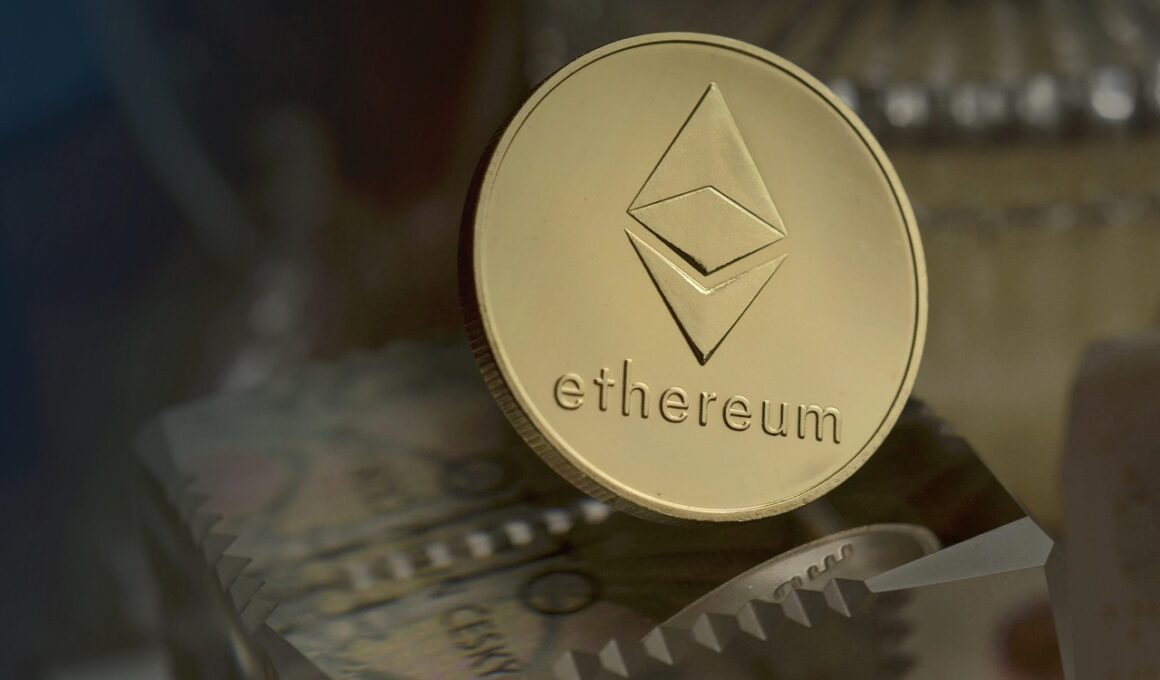Building Decentralized Applications (DApps) on Ethereum
Decentralized Applications, commonly referred to as DApps, leverage the power of blockchain technology to create robust and transparent platforms. The Ethereum blockchain stands out as a leading choice for developers due to its flexibility and extensive features. With DApps, users can interact directly without intermediaries, ensuring that transactions are both secure and tamper-proof. Essentially, DApps enhance user control over personal data, facilitating a new world of possibilities for developers. To embark on your DApp development journey, it is crucial to familiarize yourself with key programming languages, such as Solidity. This language is Ethereum’s primary smart contract programming tool, empowering developers to write self-executing contracts efficiently. Learning Solidity is foundational, as it offers syntax inspired by JavaScript and Python, making it accessible for beginners. In addition to Solidity, understanding the Ethereum Virtual Machine (EVM) is essential, as this decentralized computation engine executes smart contracts and DApps. The interplay between these components contributes significantly to the strength and reliability of blockchain applications.
As you refine your skills, consider the core principles of DApp architecture, which consists primarily of three key layers: the frontend, smart contracts, and the blockchain network. The frontend is the user interface, where users interact with the DApp via a web browser or mobile app. Following that, smart contracts serve as the backend logic, defining how data and transactions are processed. Finally, the blockchain network, specifically Ethereum, ensures that all actions happening within the DApp are transparent and consistent. Additionally, becoming knowledgeable about libraries like Web3.js and frameworks like Truffle can significantly accelerate your development process. Web3.js acts as a bridge between your frontend and the Ethereum blockchain, allowing for seamless communication. Alternatively, Truffle enhances your development workflow by providing testing, deployment, and migration scripts effortlessly. Furthermore, engaging with the Ethereum community can greatly enhance your learning experience. Participating in forums such as Ethereum Stack Exchange or joining local meetups can expose you to practical insights and potential collaboration opportunities.
Understanding Smart Contracts
Smart contracts represent the backbone of Ethereum DApps, automating and executing agreements without requiring trusted third parties. These self-enforcing contracts help maintain trust through transparent execution on the blockchain. The immutable nature of smart contracts ensures that once deployed, they cannot be altered, thereby minimizing risks associated with fraud. Developing smart contracts involves understanding various components, including events, mappings, and state variables. Events are crucial for logging specific activities within your contract, while mappings allow for efficient data storage and management. To write effective smart contracts, one must also familiarize themselves with gas, a fee required for executing operations on the Ethereum network. Each operation consumes gas, so understanding how to optimize your contracts for minimal gas consumption can lead to cost-effective solutions. To streamline testing, you can utilize frameworks such as Hardhat which offer local blockchain environments. Utilizing testing libraries helps ensure your contracts perform as expected in various scenarios, ultimately enhancing reliability. Always prioritize security audits before deploying your DApp, as these audits identify potential vulnerabilities that can jeopardize user funds.
Another critical aspect of building DApps is implementing a user-friendly experience. The usability of your application can significantly influence user adoption. Ensuring intuitive navigation coupled with a clean design are key strategies in enhancing user engagement. When designing the front-end, developers should consider frameworks like React or Angular, which streamline interface development while providing an interactive experience. Familiarizing yourself with decentralized storage solutions, such as IPFS (InterPlanetary File System), is also vital, as it allows for the storage of DApp files off-chain, reducing load on the Ethereum network and lowering transaction costs. Moreover, integrating wallet functionalities within your DApp is essential to facilitating user transactions. Wallets like MetaMask enable users to interact with your DApp directly from their browser, effectively handling private keys and transactions seamlessly. Additionally, engaging users through educational content about blockchain technology can foster trust and encourage them to explore your DApp more thoroughly. Providing documentation and tutorials can further enhance understanding and usability, ensuring that even novices can access the benefits of your solutions.
Testing and Deployment
Once your DApp is developed, it is paramount to undergo rigorous testing and auditing before deployment. Testing helps identify bugs or performance issues that could affect user experience. This can include unit tests, integration tests, and end-to-end tests to ensure every component interacts seamlessly. Use testing frameworks like Mocha or Chai, which allow for detailed testing scenarios. Furthermore, consider deploying your smart contracts to Ethereum test networks, such as Ropsten or Rinkeby. These environments enable you to test without incurring real costs. After thorough testing, the next step involves deploying your DApp to the Ethereum mainnet. This is an exhilarating phase when your application goes live for users. Remember to monitor your DApp actively after deployment, as user feedback is invaluable for future enhancements. You must also remain vigilant towards security and address any issues rapidly, given the nature of blockchain technology. Furthermore, maintaining an active presence in the Ethereum community allows you to stay updated on best practices and emerging trends in decentralized application development.
As your DApp gains traction, consider strategies for scaling and improving performance. High demand can place a strain on resources; therefore, implementing layer-2 solutions like Polygon can significantly enhance your application’s scalability. Such solutions facilitate faster transactions and lower fees while maintaining the security of the Ethereum mainnet. Furthermore, optimizing your smart contracts and conducting performance audits will ensure a seamless user experience, especially during peak periods. Keep in mind that scalability also involves addressing potential bottlenecks in your frontend. Caching frequently accessed data and reducing server response time can enhance performance and elevate overall user satisfaction. Engaging with your user community fosters loyalty, encouraging feedback that can inform future iterations of your DApp. Encourage users to report bugs or suggest improvements, creating a collaborative environment that enhances your application. Regular updates based on user experience further solidify your application’s standing in the market, ensuring long-term success. Establish key performance indicators (KPIs) to measure your DApp’s growth over time, assisting in strategic decision-making for future development.
Conclusion
Building DApps on Ethereum can be a rewarding endeavor, contributing to the greater vision of decentralized technology. By understanding the fundamentals of blockchain, smart contracts, and user experience, you are equipped to create impactful applications. The Ethereum ecosystem offers countless resources and community support that can foster your growth as a developer. Embrace continuous learning, as the blockchain landscape is ever-evolving; your adaptability will be your greatest asset. Remember that prioritizing security and user engagement ensures that your DApp provides real value. By maintaining an iterative approach to development, you can harness user feedback for enhancements, driving innovation and growth. Additionally, consider exploring integrative technologies such as decentralized finance (DeFi) or non-fungible tokens (NFTs), as these sectors create unique opportunities for expanding your DApps functionalities. Engage actively with your audience, providing updates and improvements while keeping the spirit of decentralization at the heart of your projects. Ultimately, creating a DApp is not just about coding; it’s about building a community and delivering solutions that enhance user trust and experience.


